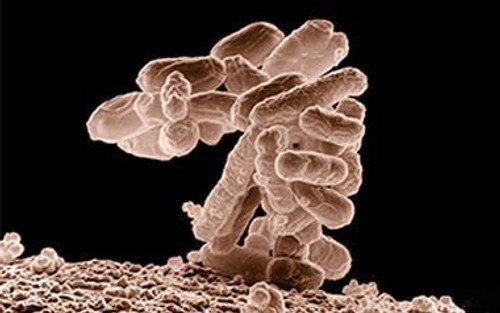Sulphate is found throughout the vast majority of natural water sources. Sulfates are a mixture of oxygen and sulfur and are pieces of the existing substances in some rock and soil formations that incorporate groundwater. The mineral gradually becomes a solutions and is released into groundwater.
[custom-specifications]
Sulphate is an important mineral that provides good nutrients for plants and aquatic organisms. These organisms absorb sulphate and prevent the growth of algae through reduced concentration. However, sulphate is the most commonly found form of sulfur in oxygenated water and sulfate salts can be harmful contaminants in water sources.
[/custom-specifications]
[custom-features]
Sulphate Removal System
The three main water treatment systems utilized for the removal of sulphate from water are reverse osmosis, ion exchange and distillation.
Reverse Osmosis (RO)
Is considered the best water treatment solutions for the removal of bacteria, viruses, and most dissolved solids and chemicals such as sulfate from water by forcing contaminated water through semi-permeable membranes and retaining the clean/filtered water on the other side of the membrane. In most cases, reverse osmosis systems are capable of eradicating up to 99% of the sulfate in drinking water. However, these relies on the specific kind of RO unit.
Ion Exchange
Is a widely used water purification system that removes large amounts of sulphate from water for industrial, commercial, livestock, public, and municipal applications. The ion exchange process works by alternating a chemical or element for another. One of the most widely known ion exchange systems is water softening, which works by sending hard water (water with manganese and calcium ions) through a tank consisting of unique resin filled with sodium ions. The sodium ions are dissolved in the water while the arriving hardness minerals are attached to the resin. Ion exchange systems work similarly in regards to the removal of sulphate from water, but use another type of resin. The sulphate ions are instead replaced with other ions, generally chloride, which is on the resin. Once the resin reaches maximum capacity with sulphate, it needs to be restored with some type of salt solution.
The last water treatment system used for removing sulphate from water is distillation, which boils water and cools the steam until it condenses into a different container. Sulphate, as do other dissolved solids and chemicals stay in the boiling pot. If completely function, distillation systems effectively remove virtually 100% of sulfate from water.
[/custom-features]
[custom-usage]
Sulfates may have immediate adverse effects on both humans and young animals. Sulfates can also block pipes and damage apparel. Hydrogen sulfide, particularly whenever heat is generated, creates an unpleasant "rotten egg" smell and taste in the water.
[/custom-usage]
-
Good content
Thanks for the information
- Related Project1:
- https://pureaqua.com/reverse-osmosis-equipment-57000-gpd-philippines/
- Related Project2:
- https://pureaqua.com/brackish-well-water-ro-for-a-copper-mine-24000-gpd-usa/
- Related Project3:
- https://pureaqua.com/industrial-ro-for-irrigation-sulfate-reduction-72000-gpd-usa/
- Related Project4:
- https://pureaqua.com/industrial-brackish-ro-equipment-for-general-use-600000-gpd-kuwait/
 ENGLISH arrow_drop_down
ENGLISH arrow_drop_down
 ESPAÑOL
ESPAÑOL ???????
??????? PORTUGUÉS
PORTUGUÉS FRANÇAIS
FRANÇAIS














